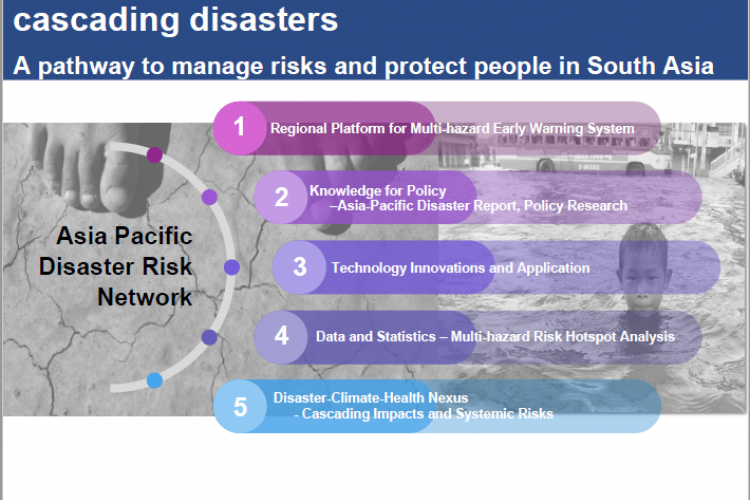Scenario-based risk analytics for managing cascading disasters
The COVID-19 pandemic has made it clear that biological and natural hazards intersect with each other and increase the complexity of overall disaster impacts on populations and economies. But disaster management and risk analytics have been slow to capture the intersections of natural and biological hazards or capture the dimensions of interconnectedness and cascading effects to the social, economic, and environmental ecosystems.







